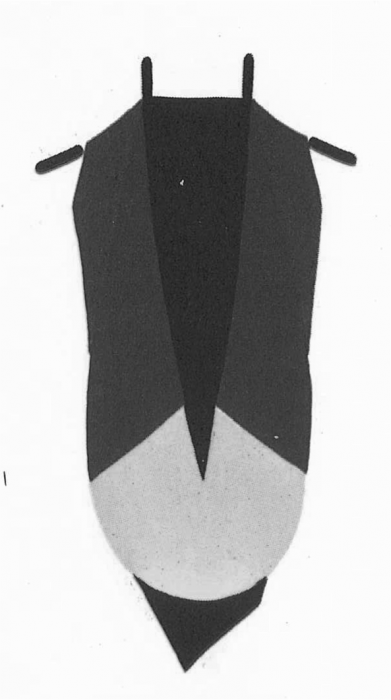Salisbury University
Maryland
1925





Detailed information about the history of Salisbury University’s maroon and gold school colors is not available at this time.
The chevron was by far the most common heraldic division the Intercollegiate Bureau of Academic Costume (IBAC) employed to divide the two or three colors in an institution’s hood, but Bureau president Gardner Cotrell Leonard also used other heraldic devices to avoid assigning duplicate hood linings to colleges and universities that used the same school colors. By 1918 one of the other heraldic divisions the IBAC used was the “parti per reversed chevron”. This pattern was a variation of the “parti per chevron” pattern introduced in 1895, except that the division between the hood lining’s upper and lower colors followed the shape of an inverted chevron (a chevron with its point up). Confusingly, in Intercollegiate Bureau lists from 1927 and 1948, a number of hoods were described as “[color] above [color]” or “[color] over [color]” which referred either to a hood lining divided per chevron, per reversed chevron, or per bar, and today it is not usually known which of these three patterns the IBAC intended to describe.
Salisbury University does not appear in early Intercollegiate Bureau lists from 1927 or 1948, so the IBAC may not have assigned the college a hood lining until the late 1940s or 1950s. An Intercollegiate Bureau list from 1972 described the university’s hood lining as “maroon over gold”, a duplicate of the hood lining that was probably first assigned to Concordia College in Minnesota. So here the IBAC description has been interpreted to describe a hood lining divided per reversed chevron.